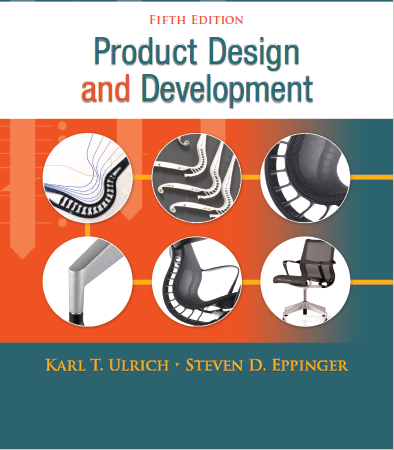Beginning Django E-Commerce
I read a lot of technical books about software and computer programming. This isn't because I have a great fondness for reading, nor do I actually like owning a massive collection of computer books that's slowly beginning to overtake every room in my home. I do it because at any given time, I'm usually working on a programming project and am faced with a dozen problems that I need to solve. These unsolved problems fester in my head. They scrape away at the surface of my brain like jagged rusty metal hooks. These books provide me sweet relief from these pains. In my experience, there are two types of computer books: those that act as reference guides and those that act as tutorials. This book falls squarely in the latter category. While you need both tutorial and reference books in order to learn something, I tend to like tutorial books better, simply because they aid you in making better use of the reference books. For this reason, over the course of this book, we will be building one single Django project, to which we will add new features with each chapter and learn new parts of the Django web framework as we go. There are lots and lots of Django apps floating around on the web. Many of these will contain perfectly good–and in some cases, absolutely spectacular–working code that you can use on your site. In other cases, the code is less than great, but still works. While I've taken a snippet of code from the open source community here and there throughout this book, I've mostly gone the do-it-myself route and implemented things from scratch. The reason for this is simple: when you're learning, rolling your own solutions at a lower level instead of just plugging in an app you found ready-made on Google Code or Django Snippets is much better


0 Comments